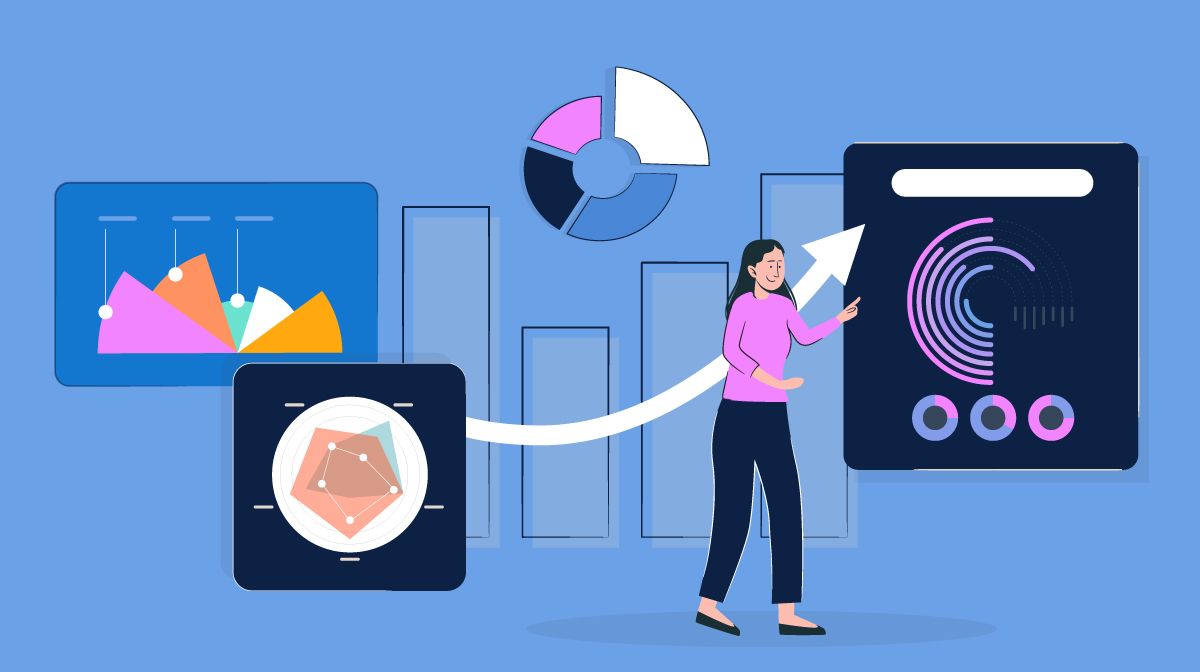As we progress into the third year of the COVID-19 pandemic, the asymmetry in information between lenders and borrowers continues to remain an emerging trend.
Traditionally lenders have depended on legacy information sources to not only assess the creditworthiness of SMEs and other borrowers but also to disburse loans in a reliable manner. However, short credit histories and an intermittent end to government relief programs designed to support small businesses are changing the on ground reality.
Thus, it is our opinion that lenders need to start accessing alternative data sources to accurately verify the actual repayment capacity of borrowers and thus reshape their lending practises, and in today’s blog post, we will discuss the same.
Without further ado, let’s get started.
Table of Contents
- Identifying Traditional Data Sources
- Exploring Alternative Data Sources
- Advantages of Leveraging Alternative Data
- Conclusion
- The Reference Shelf
Identifying Traditional Data Sources
Before we begin to explore the various alternative data sources available to lenders, it is important to first identify the traditional data sources lenders have relied on for so long.
Right from publicly available records of SME registration and financing all the way to previous loan sizes and profit and loss statements, lenders have been consistently dependent on legacy data sources to estimate the creditworthiness of their borrowers.
While we agree that these legacy data verticals are still relevant in modern times, however, in our opinion, the need of the hour is to extend the horizon and look beyond short credit histories and irregular funding.
The reason behind this simply being, the introduction of government schemes and moratoriums designed to support SMEs in battling the pandemic have severely impacted their credit files and business profiles.
Exploring Alternative Data Sources
The exact definition of alternative data can vary between industries; however, its core philosophy to bridge the information gap between stakeholders remains the same.
For instance, in conventional industries, alternative data can include utility bills such as telecom, internet and electricity usage in a fixed time period, while in the digital-first industry such as eCommerce and fintech, it can encompass bank transaction records, tax and revenue records, accounting estimates as well as web data.
Additionally, lenders can also review LinkedIn information along with customer reviews to secure comprehensive and timely business insights.
However, one of the key concerns about the use of alternative data continues to remain the fact on how it is sourced and consecutively verified.
Advantages of Leveraging Alternative Data
Although the use of alternative data in emerging and established industries is yet to become a standard procedure, experts across the board agree that there are several advantages lenders can benefit from.
Seamless Lending Products
By accessing alternative data sources, such as PayPal or any online payment aggregator’s transaction history on merchants, lenders can immediately facilitate the creation of seamless lending products without the need to access the merchant’s bank transactions.

For instance, PayPal is host to a category of merchants who are thriving during the COVID-19 pandemic, meaning they have high positive transaction volumes. By analyzing this data, lenders can accurately estimate if these merchants are benefiting amidst the ongoing crisis or being adversely affected by it.
Once assessed, lenders can instantly arrive at a decision of extending affordable credit to these merchants such that they can expand their operations while the lenders benefit from the guarantee of consistent loan repayments.
Accurate Repayment Behaviours
Second, to the creation of seamless lending products, lenders can leverage alternative data sources to regain their track in actualizing SME repayment behaviour.
As the introduction of mandatory government moratoriums and relief schemes conveniently side tracked the accurate estimation of a borrower’s repayment capacity, by using alternative data sources such as digital transaction history, lenders can gain back their footing in accurately corroborating the repayment capacity of their borrowers.
Conclusion
At its essence, alternative data shares a symbiotic relationship with legacy data verticals. By designing and integrating underwriting models which emphasize equal weightage on both traditional and alternative data sources, lenders can not only expand their horizon of borrower credit assessment but also increase their net profitability without significant investment.
Throughout the pandemic, alternative data has played a crucial role in bridging the information gap between lenders and borrowers, and it is our hope that this legacy will be continued in a post-pandemic world as well, thus embodying the philosophy of reshaping the business information industry.
Thank you for reading and I will see you in the next one.
The Reference Shelf
- Alternative Data to Reshape the Ecosystem of the Business Information Industry [Link]
- How alternative data is reshaping investor insights during the IPO process [Link]
- How Alternative Data Can Transform Your Company [Link]
- How Operationalization of Alternative Data is Reshaping the Asset Management Industry [Link]
- Alternative Data Transforming SME Finance [Link]

